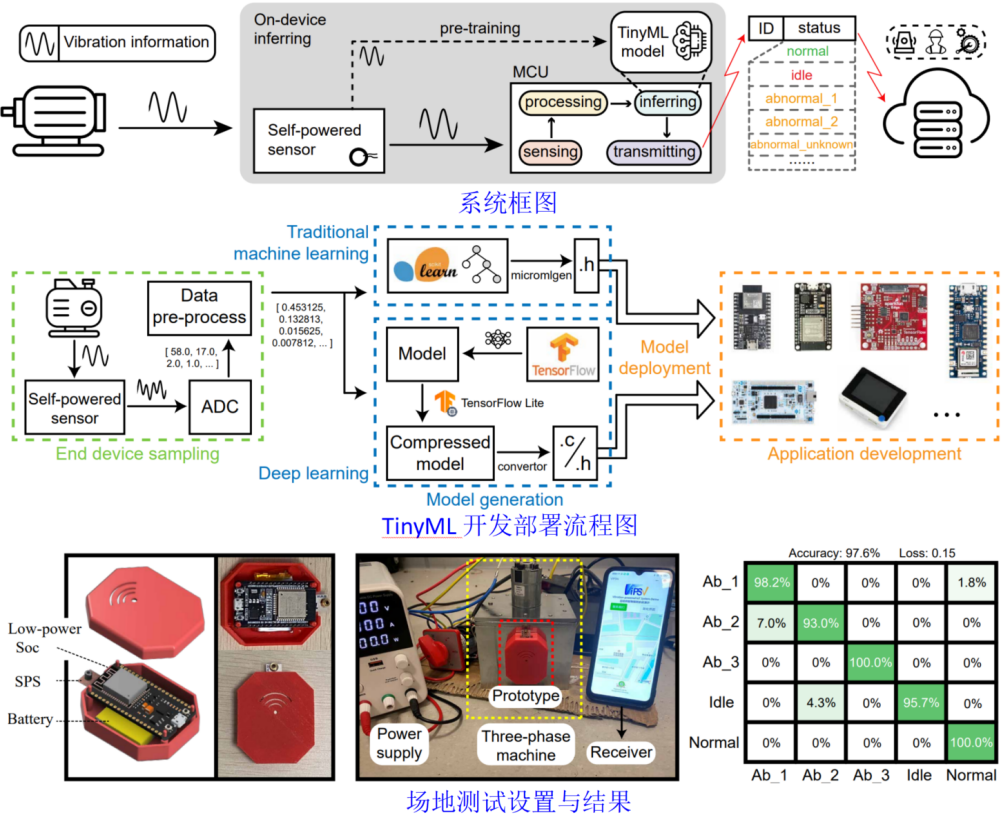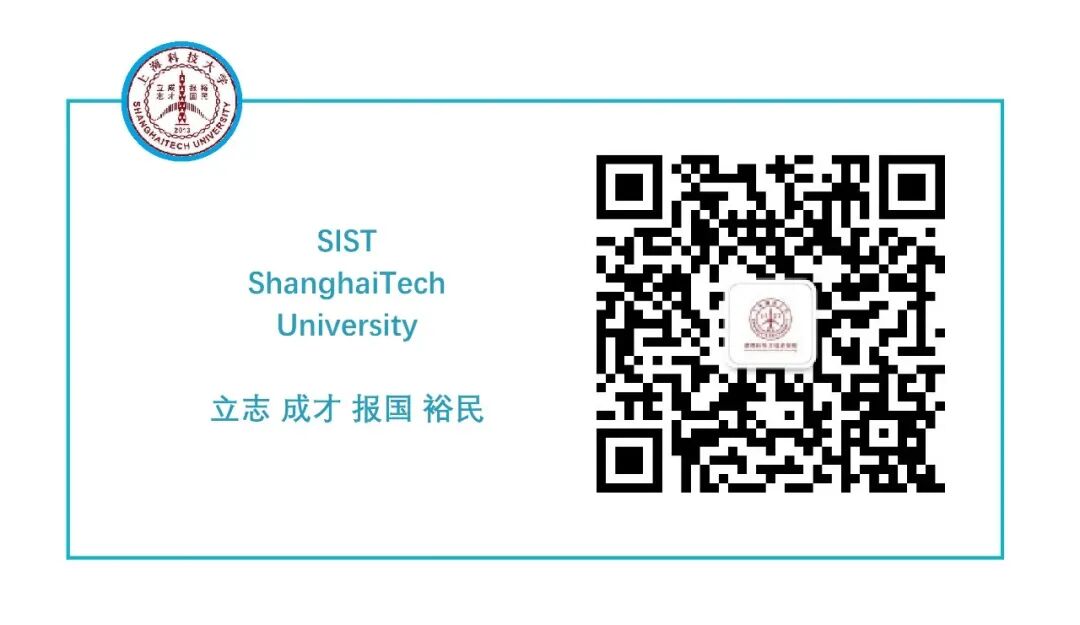SIST Research Progress
In recent years, the exponential growth of edge sensing nodes has significantly increased the costs associated with battery replacement and maintenance, which restricts the widespread deployment of the Internet of Things (IoT). Passive IoT technologies based on environmental micro-energy harvesting have become a research hotspot as they achieve energy self-sufficiency by collecting local energy. On the other hand, with the lightweight development of artificial intelligence algorithms, it has become possible to run machine learning models on resource-constrained edge devices. In the foreseeable future, low-power edge intelligent systems will further promote the vigorous development of Artificial Intelligence of Things (AIoT).
Recently, Professor Liang Junrui’s team at the Smart Electric Science Center of ShanghaiTech University’s School of Information has innovatively proposed a “motion-powered self-sufficient human activity recognition system” and a “low-power edge predictive maintenance system.” These technologies can be widely applied in human-computer interaction, ubiquitous sensing, and pervasive IoT scenarios.

Figure 1: Motion-powered Self-sufficient Human Activity Recognition System
The research team developed a real-time Human Activity Recognition (HAR) system powered by motion energy. This system combines energy and information based on the mathematical relationship between the frequency of arm swings and the energy generated. It collects motion energy while extracting basic motion information, and then uses the collected energy to drive a Bluetooth chip to wirelessly transmit the motion information. This system features low power consumption and low cost. Laboratory and field tests have shown that the system can reliably recognize different human activities, such as standing, walking, jogging, and sprinting, providing a simple and effective solution for ubiquitous human activity recognition.
The related research results, titled “MP-HAR: A Novel Motion-powered Real-time Human Activity Recognition System,” have been published online in the international academic journal IEEE Internet of Things Journal. Chen Zijie, a master’s student from the 2021 cohort, is the first author of the paper, with Professor Liang Junrui as the corresponding author, and ShanghaiTech University as the sole completing institution. The work also involved 2023 doctoral graduate Teng Li, with guidance from Professors Yu Jingyi and Xu Lan.
Paper link:
https://ieeexplore.ieee.org/document/10251943

Figure 2: Edge Predictive Maintenance System Based on Self-powered Sensing and TinyML
The research team also proposed an edge predictive maintenance system based on self-powered sensing and low-power machine learning technology. This system accurately classifies three types of vibration fault characteristics and other features using a minimal amount of sampling data and a lightweight machine learning (TinyML) model running on a microcontroller. Experimental results indicate that using self-powered sensing technology can save 66.8% more energy compared to commonly used inertial sensors. Field tests have validated the feasibility and robustness of the system. The proposal and implementation of this system provide new ideas for the application development of ubiquitous edge AIoT.
The related research results, titled “LOPdM: A Low-power On-device Predictive Maintenance System Based on Self-powered Sensing and TinyML,” have been published online in the international academic journal IEEE Transactions on Instrumentation and Measurement. Chen Zijie, a master’s student from the 2021 cohort, is the first author of the paper, with Professor Liang Junrui as the corresponding author, and ShanghaiTech University as the sole completing institution. The work also involved 2023 doctoral graduate Gao Yiming.
Paper link:
https://ieeexplore.ieee.org/document/10229236
Related work has also received positive feedback from academic peers at international conferences in the fields of energy harvesting and industrial electronics. The conference poster won the “Best Poster Award” at the 4th International Conference on Vibration and Energy Harvesting Applications; first author Chen Zijie received the “Best Student Presentation Award” at the 3rd IEEE International Conference on Industrial Electronics for Sustainable Energy Systems.


Text by | Liang Junrui’s Research Group
Typeset by | Gao Zhengchun
ShanghaiTech University School of Information
ID: ShanghaiTech-SIST
Scan the QR code to follow us~
